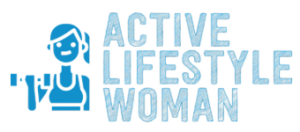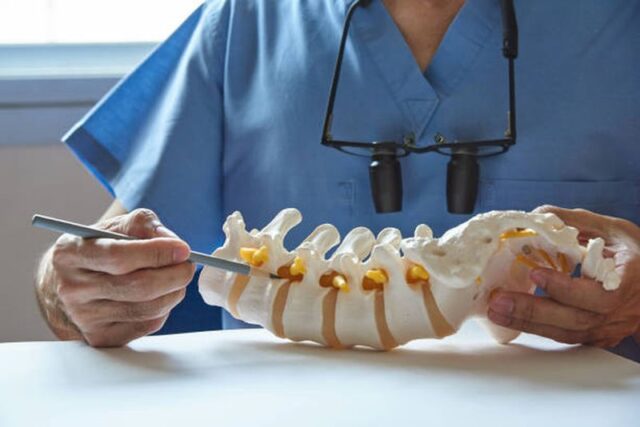Misalignment of the spine is a common source of chronic back and neck discomfort. Micro-tears in muscles can occur due to accidents that you may or may not recall. Inflammation occurs as your muscles mend themselves.
They pull on the bones of the spine as they enlarge, causing other muscles and ligaments to become misaligned. As a result, there is a misalignment that worsens over time, resulting in pain all over the body. Chiropractic adjustments gently realign the spine and reverse the deterioration process.
This article will walk you through the most common chiropractic techniques for neck and back pain.

Gonstead Technique
Clarence S. Gonstead created a set of chiropractic treatments called the Gonstead System. This procedure employs a collection of protocols and tools to pinpoint the particular location of the spine that is causing the patient’s pain or discomfort.
Gonstead is one of the safest chiropractic techniques available, as it may be used on children, pregnant women, and the elderly. The Gonstead System is distinct in that it analyzes and treats the spine in a thorough, comprehensive, and specialized manner. When examining for the presence of vertebral subluxations that cause ill health, the Gonstead practitioner looks at your entire spine.
Diversified Technique
The Diversified technique is one of the most widely used treatments by chiropractors all around the world. To restore normal movement, your chiropractor uses the Diversified approach, which involves manually applying pressure to the afflicted spinal segment.
A high-velocity, a low-amplitude push is the hallmark of a diversified adjustment. A varied adjustment’s goal is to get the spine moving and appropriately aligned again. Typically, the popping sounds associated with a chiropractic adjustment are caused by the chiropractor’s thrust—cavitation of the joint causes this noise.
During an initial assessment, a varied chiropractor will consider the patient’s goals and medical history to decide the optimal treatment style. The best outcomes come from really knowing each patient’s needs and customizing a treatment plan to help them attain their functional movement goals in as few visits as feasible.

Graston Technique
The Graston technique is a non-invasive procedure that involves massaging and scraping the afflicted tissue with a tool. This technique involves manipulating the damaged area to increase the range of motion and decrease pain. It also reduces the time it takes to heal from an accident.
The Graston Technique makes use of six specially developed tools with distinct edges. These stainless steel handheld tools come in a variety of sizes and shapes, with concave or convex edges to accommodate different regions of the body.
During treatment, the practitioner selects the proper tool and applies a cross-friction massage to the damaged area, promoting healing by reintroducing trauma. The method is commonly used to detect and treat fibrotic tissue injuries.
Thompson Technique
The Thompson Technique is performed on a special table that drops when your chiropractor makes quick adjustments. A fraction of an inch is used to measure the gap. The table begins to drop as the chiropractor performs his adjustment. When it’s finished, you’ll sense a vibration. You profit from this approach since it relieves pain in your extremities and spinal area.
You will experience an enhanced flow of energy after the initial adjustment and restoration of nerve function, causing you to experience a warm sensation flowing to various sections of the body. The patient may have complete relief with just one adjustment, or more than one adjustment may be required to alleviate his or her difficulties.
A healthy neurological system is necessary for a physically active and healthy body. This therapy aids in the restoration of normal nerve function, providing pain relief as well as other benefits such as better sleep, reduced stress, and increased physical ability to function at its best.

Logan Adjustment Technique
Applying pressure to a leverage bone surrounding your sacrum is part of the Logan chiropractic adjustment procedure. Only light pressure will be applied by your chiropractor, assisting in the treatment of your back muscles. The therapy also aids in the realignment of spinal bones, the reduction of migraines and headaches, and the relief of tension throughout the body.
Your chiropractor will apply pressure to your back for a few minutes while rubbing your back to ease stress. When he or she is finished, the entire spine will be balanced. The method is gentle but exceptionally efficient.
Therapy for Soft Tissue
Massage focusing on the muscles rather than the spine is known as soft tissue therapy. Soft tissue therapy is a type of therapeutic massage that concentrates on the ligaments and muscles rather than the spine itself. Soft tissue therapy can assist clear out scar tissue that may be restricting movement when applied to places where joints are irritated. By increasing circulation, soft tissue therapy aids in the removal of toxins from the body.
Chiropractors work with muscles, fascia, tendons, connective tissue, ligaments, and joints as part of this technique. Chronic pain and job stress generate soft tissue discomfort, which will be relieved by this procedure.

Flexion-distraction Technique
Flexion-distraction, often known as Cox Technic, is one of the less popular chiropractic treatments. It entails gently moving your cranium (head) and/or stretching your back to bring the spine back into alignment. Facet joint discomfort and other problems that cause neck and back pain are routinely treated with this adjustment.
Flexion-Distraction expands the space between the vertebral discs, relieving strain on the nerves and surrounding tissues. This enlarged intervertebral space allows for more blood, oxygen, and nutrients to circulate through the area, as well as the removal of toxic wastes. As the disc returns to its proper place inside the Spinal Column, irritation of the spinal nerve is reduced.
Conclusion
Following a thorough examination, your chiropractor will share the reports with you in order to determine the best course of action. These seven typical approaches are the most commonly used techniques to assist you in recovering from any back or neck pain you may be experiencing.




